
Sheikh Hamdan bin Mohammed bin Rashid Al Maktoum laid out Dubai’s sustainable urban development strategy at the Asia-Pacific Cities Summit.

The 2025 World Cities Day SDG Cities Global Conference opened in Shanghai with 400 global participants exploring “people-centerd smart cities.”

New research from planner Erick Guerra argues U.S. highways have become “overbuilt,” wasting money while failing to ease traffic.

New research from University of Auckland explores how AI tools in urban planning may favor certain communities and overlook others, raising fairness concerns.
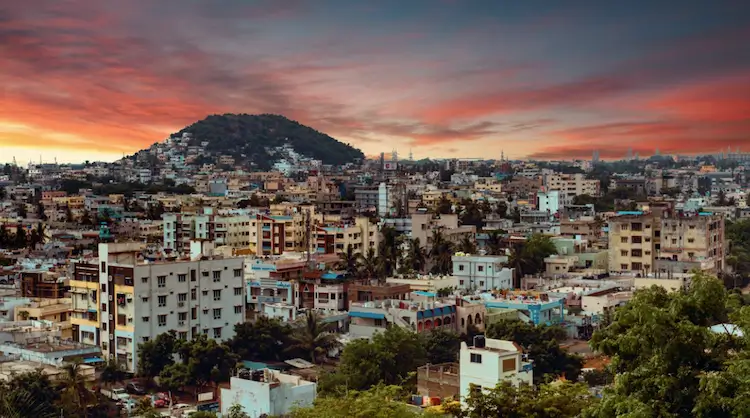
Andhra Pradesh introduces Common Zoning Regulations 2025 across all ULBs and UDAs to streamline planning, speed approvals and boost transparency.

In Hermantown, Minnesota, a controversial data-center proposal cleared a key zoning vote despite strong opposition from residents concerned about energy use, noise and environmental impact.
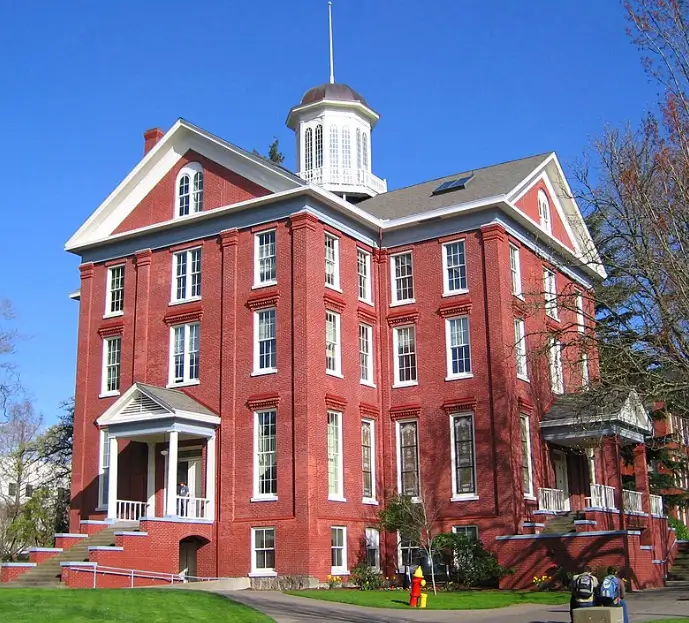
Salem, Oregon releases its mid-term “Housing Roadmap Report Card,” assessing progress on 2027 goals and flagging where the local housing plan still needs muscle.

New law SB 79 forces denser housing near transit in California, triggering push-back from several cities over lost local control.
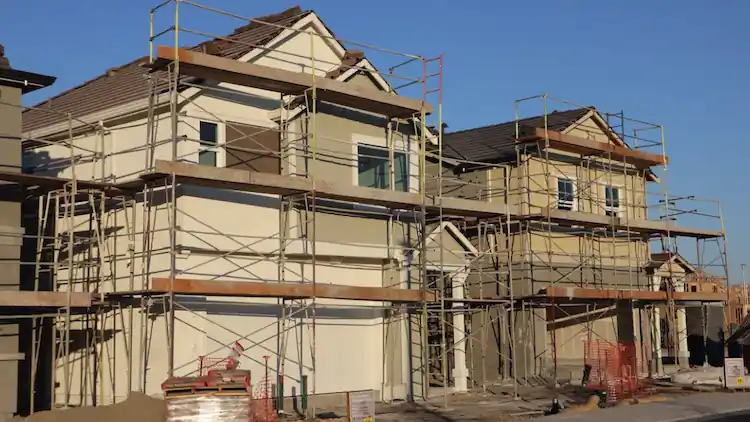
Gavin Newsom signed SB 79, a sweeping law letting denser residential projects near major transit stops override local zoning, aiming to ease California’s housing crunch.
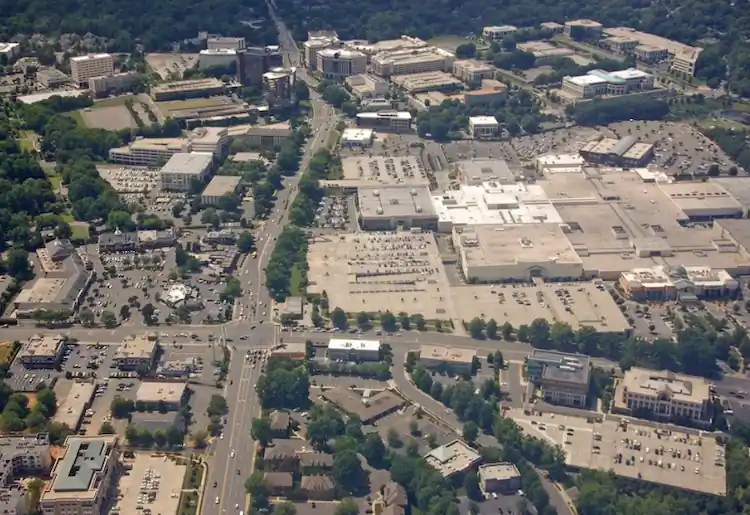
A 3.88-acre site across from SouthPark Mall in Charlotte is targeted for a 275-ft mixed-use tower from Hines, signaling the suburb’s evolution into a denser, walkable community.

Rio Grande International Study Center (RGISC) is using LiDAR to map tree-canopy gaps in Laredo & Webb County, aiming to pinpoint hot spots and guide equitable re-planting efforts.

A surge in AI is fueling a data center buildup across U.S. cities. These facilities gulp water, hum through neighborhoods, and raise new zoning and sustainability challenges. Satellite maps show the scale.
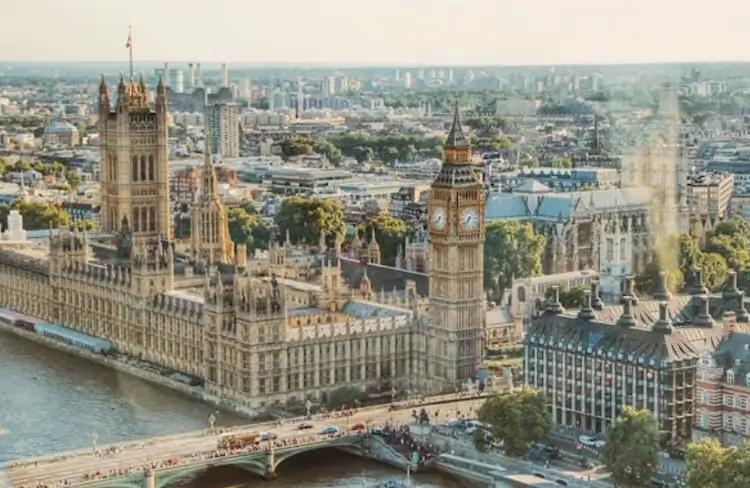
The UK’s record £10.5 b flood-defence plan looks bold, but it underplays land use, data gaps, and nature’s role. Cities need to sponge, not just build.

Developers propose a high-rise mixed-use replacement for a large surface parking lot in Charlotte’s SouthPark, shifting the area from retail sprawl toward denser, walkable urban form.

Facing a housing slump, the UK government plans to ease design and zoning rules in London, possibly lowering affordable housing mandates and reducing dual-aspect requirements to kickstart development.

Hartford’s PZC approves permit for a nonprofit to operate year-round hydroponic farm and education center in Upper Albany. Project aims for food equity, jobs, fresh produce.
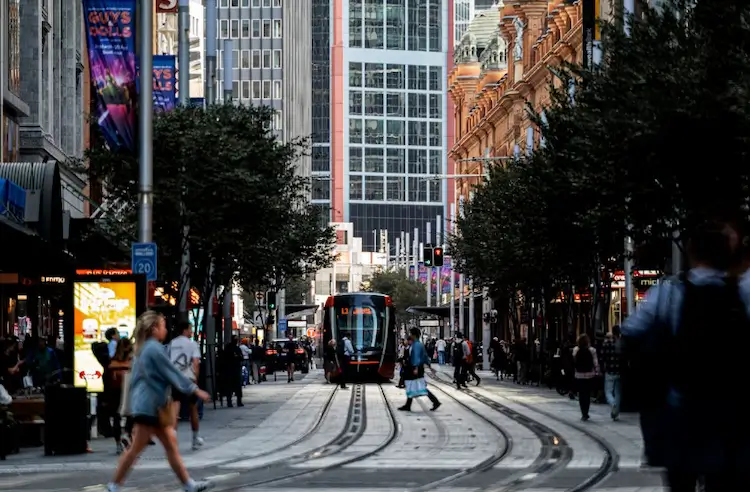
California Gov. Newsom signs SB 79, overriding local restrictions to permit denser housing around transit corridors, a big move in the housing crisis fight.
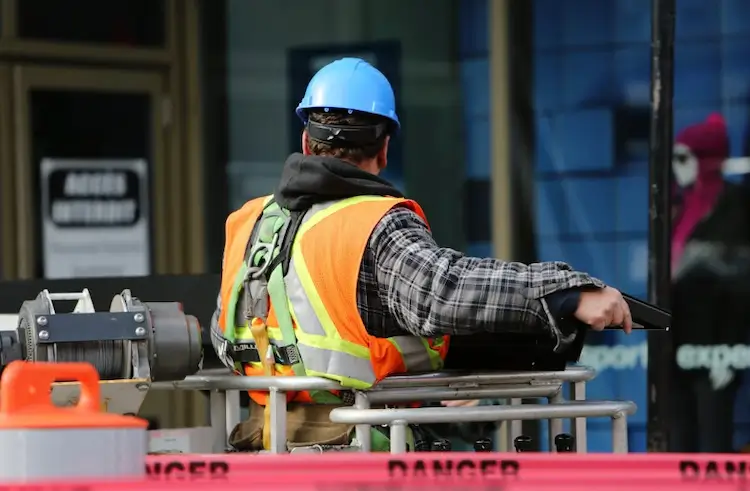
Houston City Council approves permanent closure of Polk Street to make room for a $2B expansion of the George R. Brown Convention Center.
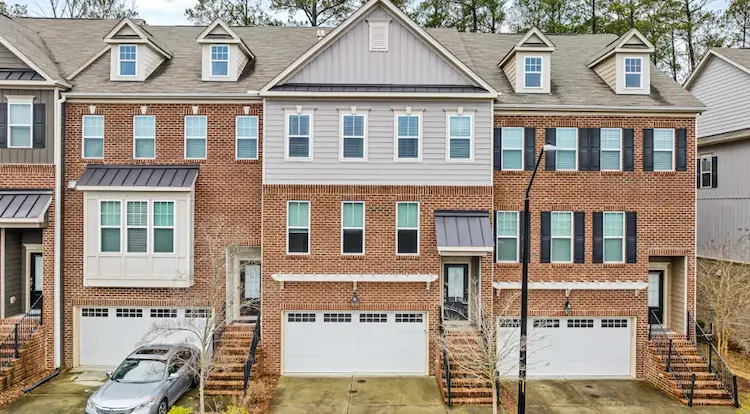
Midland’s planning commission endorses sweeping zoning changes: more small-lot housing, fewer setback rules, and new flexibility in mixed-use zones.

Bexar County approves subsidies and incentives to build 1,250 affordable housing units downtown, tying the plan to a new baseball stadium deal.

Environmental groups warn that proposed changes to England’s planning laws could erode protections for national parks, jeopardizing nature and heritage.

With booming foreign investment, transit connections, and economic diversification, Atlanta is scaling as the growth hub of the Southeast.

Unley Council is investing $7.65M to acquire properties, preserve significant trees, and expand open space—steering future development and cooling the city.
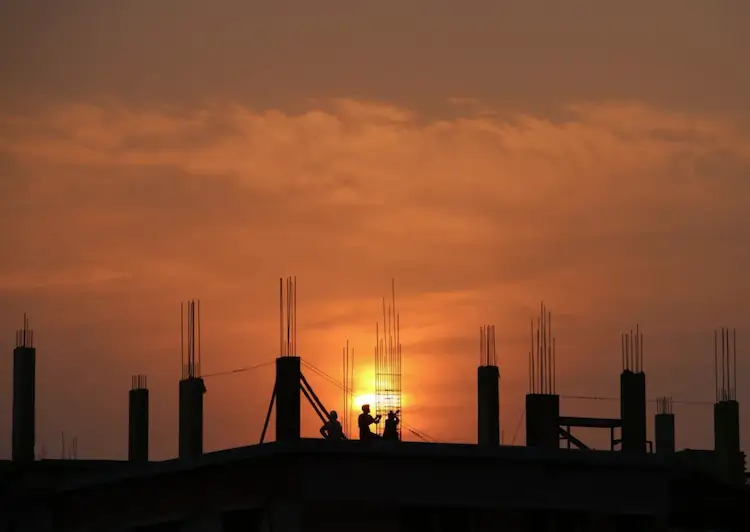
Oak Ridge North (Texas) kicked off construction on a new Plaza District: 60,000 sq ft mixed-use development, with retail, green space, and a relocated City Hall.
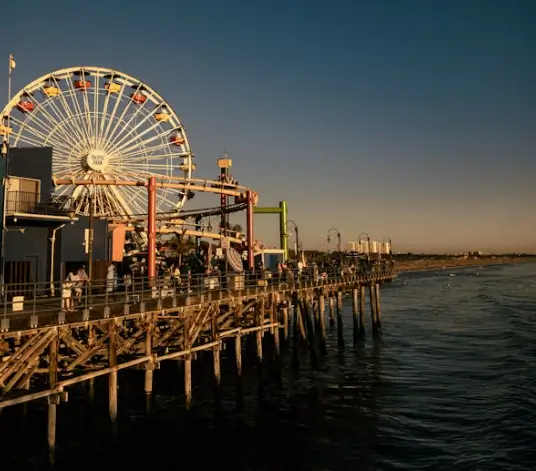
Santa Monica approved a plan to replace its aging Pier Bridge and begins construction later this year. The project includes structural upgrades and preserving iconic elements.
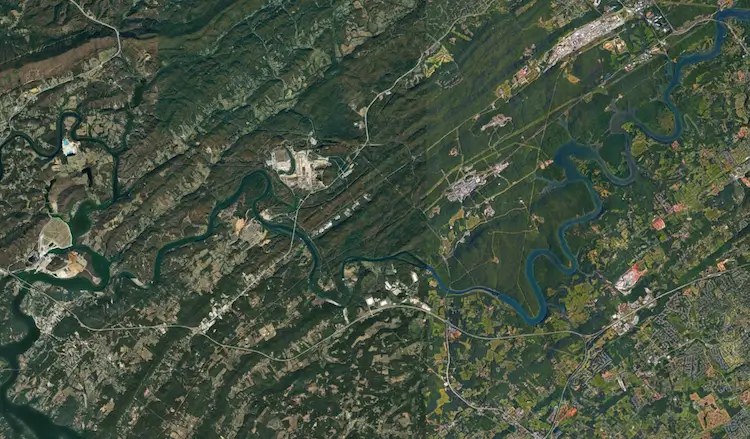
Officials seek community feedback on a draft plan to restore natural resources lost to contamination across the 37,000-acre Oak Ridge Reservation. $42M grant drives process.

A new 161-unit apartment complex in Knoxville welcomes residents regardless of income. Officials tout inclusive housing. Critics question sustainability.

Cities are turning to AI for public engagement, street maintenance, tree health, digital twins, and more. Tools now scan dashcam images, optimize routes, and anticipate needs.

After cutting speed limit on Paris ring road, city sees less traffic, lower NO₂, quieter sound fields.

Proposed NSW laws fast-track projects by weakening environmental and public review protections.

Stamford approves new comprehensive plan blending density near transit and heritage protection.

A recently passed state law is being labeled the “worst violation of home rule” by cities claiming it strips their power over local regulation. Local governments in Florida are mobilizing legal challenges.

The Ivanpah solar facility in California, once billed as a cutting-edge clean energy breakthrough, will shut down in 2026 after years of underperformance, high costs, and environmental backlash.

Bellingham planners want to retire 25 neighborhood plans (434 subareas) to simplify zoning, but residents worry — at what cost to community voice and local identity?

The federal railroad agency rescinded the grant program that would’ve funded a Brightline station in Martin County. The county must reapply, pushing timeline uncertainty and political friction.
.webp)
A recent map reveals many U.S. states have drinking water supplies contaminated simultaneously by several cancer-risk chemicals—like chromium-6, arsenic, PFAS. Water safety alert underlined.
.webp)
FDOT is studying a possible extension of SunRail from Osceola into Polk County, with potential stops in Loughman, Davenport, Haines City. A public workshop is set, environmental & design studies underway.
.webp)
Port Tampa Bay will deepen its 40-mile shipping channel from 43 ft to 47 ft, add 60 acres for terminals, and reclaim dredged material for beaches. First construction phase due by 2028, total cost ~$1.1B.
.webp)
Since 2019, Amtrak’s capital spending has more than tripled. Many projects underway—from tunnels to station upgrades—as rail ridership and investment boom.
.webp)
New Haven’s Vision 2034 (220-page guide) approved by Board of Alders; City Plan Commission review due. Focus: affordable housing, zoning reform, public space, equity.
.webp)
Sara Bronin wins $250K Heinz Award. Her zoning reform work in Hartford—removing parking mins, legalizing multifamily, mapping nation-wide rules—gets national recognition.
.webp)
New law allows up to nine-story housing near major transit hubs, bypassing single-family zoning restrictions. Big win for housing supply; worries over local character and control.
.webp)
Bihar’s chief minister is inaugurating 1,300 urban projects today, signaling a push to modernize infrastructure and services across multiple cities statewide.
.webp)
Seattle advanced strict tree protections while punting on broader housing expansion, exceeding state minimums in some areas but leaving mixed-use flexibility on the table.
.webp)
A conservative advocacy group sued San Antonio, arguing its sales-tax transfer to VIA for the $480.8M Green Line BRT illegally delegates fiscal power to an unelected board. (Post image; Alexander Jones (happy5214) - CC4 - https://creativecommons.org/licenses/by-sa/4.0/deed.en
.webp)
Richmond’s planning director fielded residents’ questions in a Reddit AMA on a sweeping zoning overhaul—more housing, new open-space protections, and coordination with schools.
.webp)
London begins a trial to ban vehicles on a 0.7-mile stretch of Oxford Street—framing it as the start of a “fightback” to rescue one of the world’s busiest retail corridors.
.webp)
San Antonio’s planned Silver Line rapid bus route just got pricier—costs rose $33 million due to unexpected road, utility, and sidewalk work. Full funding isn’t in place yet.
.webp)
The U.S. threatens to withhold transit funding from Boston and Chicago unless safety improvements are made for riders and workers. A warning issued days after similar pressure on NY transit agencies.
.webp)
Redevelopment of Manchester’s Broad Street Parkade is moving forward with 232 units planned. Developer has financing interest, site plan due Sept 22; construction could begin in Spring 2026.
.webp)
Chandigarh is reviving an 18-year-old plan to build vehicular underpasses at nine major junctions to ease traffic, aligned with its Master Plan 2031 and Comprehensive Mobility Plan. Move aims to reduce congestion and improve mobility.
.webp)
Brooklyn’s Gowanus Canal is being cleaned up and rezoned: 8,500 homes expected, 3,000 affordable, plus new studio spaces. Pollution remediation still ongoing.
.webp)
Richmond, VA is updating its zoning code to allow denser housing (mixed-use, small buildings) in neighborhoods long limited to single-family homes, aiming for walkability and equity.
.webp)
SF’s Planning Commission approves “family zoning” rezones allowing 36,000 homes in historically resistant neighborhoods. Critics warn of gentrification; supporters say it’s key to housing and inclusion.
.webp)
Kalaeloa (HI) is being proposed as a 20-Minute City: mixed-use neighborhoods, multi-modal access, and homes + services within a 20-minute walk or bike ride. It’s aimed at transforming the area of ~1000 housing units.
.webp)
A 70-unit housing proposal in Easton/Trumbull, CT, using state’s 8-30g law, is meeting resistance from locals upset about density, scale, and character—even though it’s near transit and amenities.
.webp)
San Francisco’s “family zoning” plan aims to create 36,000 homes by rezoning low-density neighborhoods. Supporters see opportunity; opponents warn of displacement and loss of community character.
.webp)
Lansing, Michigan is developing a “pod city” with small modular units to shelter people experiencing homelessness. It’s a stopgap measure but signals how cities are trying new housing forms amid crises.
.webp)
Greece plans to centralize urban planning functions under a new state-run cadastre, aiming to curb local corruption and improve consistency in development control.
.webp)
San Francisco is pushing to add up to 36,000 homes in low-density neighborhoods via a new “family zoning” plan. Supporters say it’s needed to meet housing goals; critics warn it risks displacement and character loss.
.webp)
Sunderland’s new pedestrian bridge isn’t just for walking—it’s a reminder of shipbuilding heritage and a connector of communities across the river.
.webp)
Across England, children are losing access to outdoor play—because planning still prioritizes housing over places to simply be.
.webp)
TAPA’s 2025 Fall Conference brings planners, engineers, students, and leaders together October 20–22 in Franklin for deep dives on housing, multimodal transport, tech, and more—plus CM credits and real‑world inspiration.
.webp)
South Australia proposes mandatory parking rules—one spot per 1‑bedroom, two per larger home, bigger dimensions, optional shared precincts. Could spike housing costs.
.webp)
Maharashtra’s new housing policy includes a digital land bank with geo‑tagged state land to accelerate affordable development—marrying tech and supply.
.webp)
Planning pros are in Tampa this week for the Congress for the New Urbanism (CNU), exploring ideas that could transform Florida's urban landscapes.
.webp)
Cars with fake, mismatched, or missing license plates—dubbed “ghost cars”—rack up fines, speed through school zones, and avoid tolls, costing NYC tens of millions annually and defying enforcement.
.webp)
RIPTA approved service reductions on 46 of its 67 bus lines—scaled-back cuts, but still historic. Riders and advocates warn of a transit “death spiral” as ridership, equity, and access take hits.
.webp)
Labor, educators, and community activists in San Antonio are pushing for a stronger community benefits deal tied to the multi-billion-dollar Project Marvel development and new Spurs arena.
.webp)
The University of Melbourne is shelving its new Fishermans Bend campus—planned for engineering, design, and advanced manufacturing—due to budget shortfalls and slowed infrastructure development.
.webp)
Labor unions and educators rallied to demand affordable housing, transit investment, and livable‑wage jobs in San Antonio’s downtown arena redevelopment.
.webp)
China aims to shift from rapid growth to quality living, prioritizing green housing, care services, and ecological resilience across its cities by 2035.

Meter‑scale AI models now reveal which urban streets boil under summer sun—making heat stress visible, actionable, and deeply human.

With heat rising, U.S. cities are turning to trees, gardens, and shade to protect vulnerable neighborhoods.
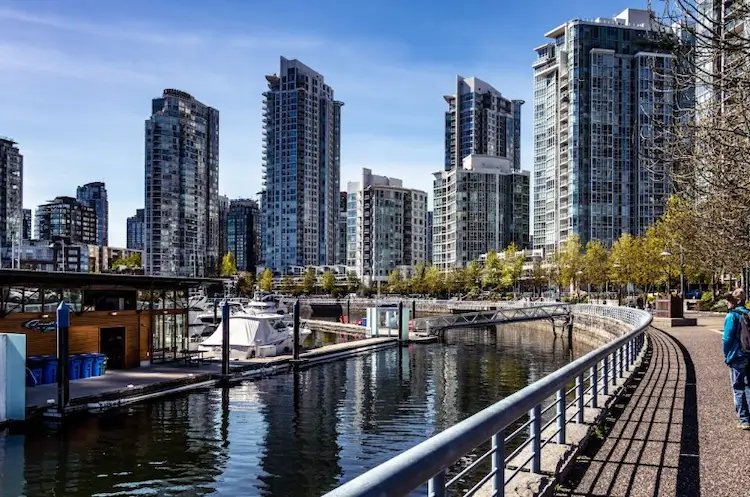
U.S. cities are transforming industrial waterfronts into resilient public spaces, blending flood protection with parks and culture.
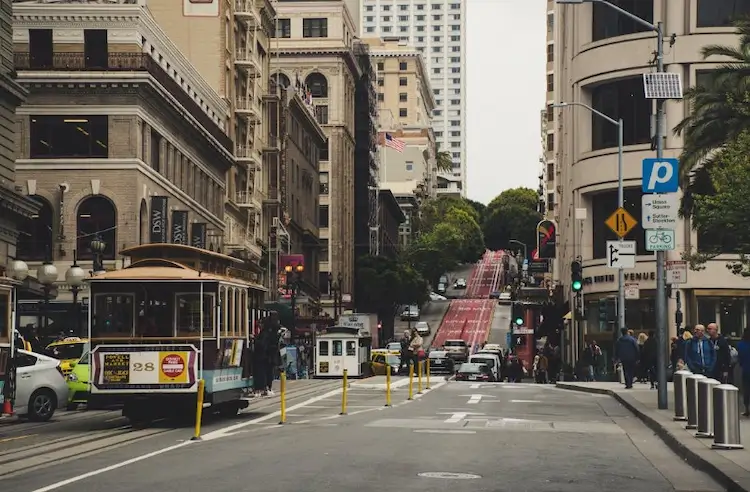
A new bill could reshape California housing by unlocking mid-rise apartments, cutting red tape, and holding cities accountable for growth.
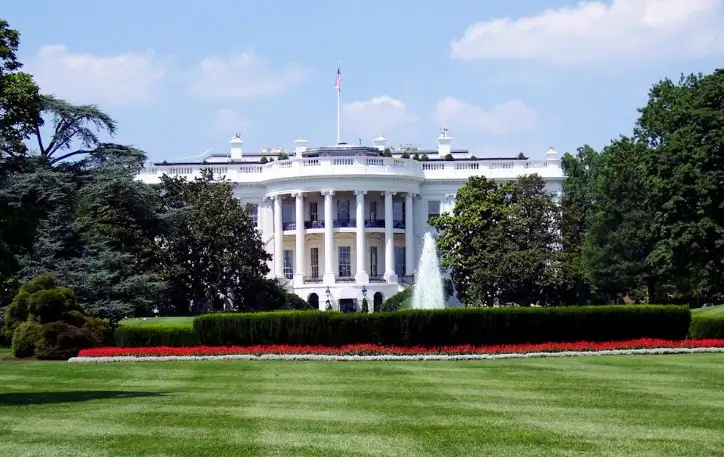
Federal planning in the nation’s capital shifts sharply as Trump loyalists take over the NCPC, sparking fears about design integrity and long-term vision.

Bhopal embarks on a ₹599 crore urban revamp—metro launch, water infrastructure, gateways, pipelines—signaling a big-city makeover.

Sydney wants to build over 340,000 homes near transit, but heritage concerns and just 2% affordable housing are sparking widespread backlash.

State and local governments face a planning crisis as federal data collection disappears—making everything from disease forecasting to resource allocation a guesswork game.

When floods that dropped a year’s worth of rain in one week expose gaps in “sponge city” planning, resilience becomes more than a buzzword.

Global planners gather at Innovation Summer Season to share creative solutions for sustainable cities.

ODPS 3.0 uses AI and blockchain to streamline building approvals and cut red tape in Gujarat, India.
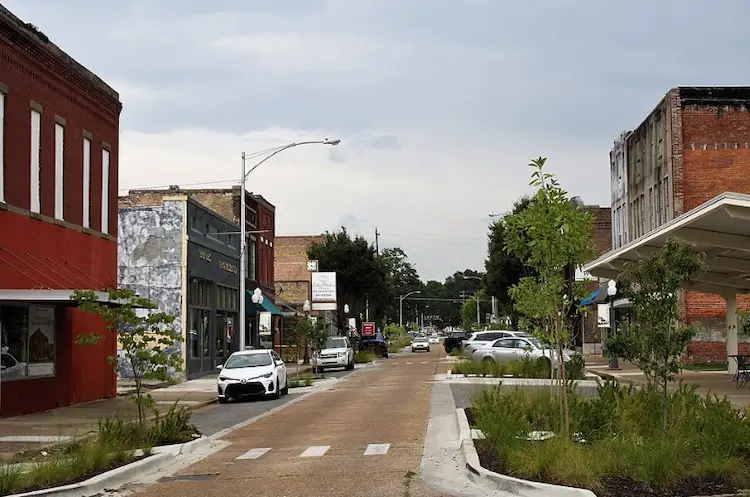
Nonprofit offers free urban design services to Northwest Arkansas communities worth nearly half a million.
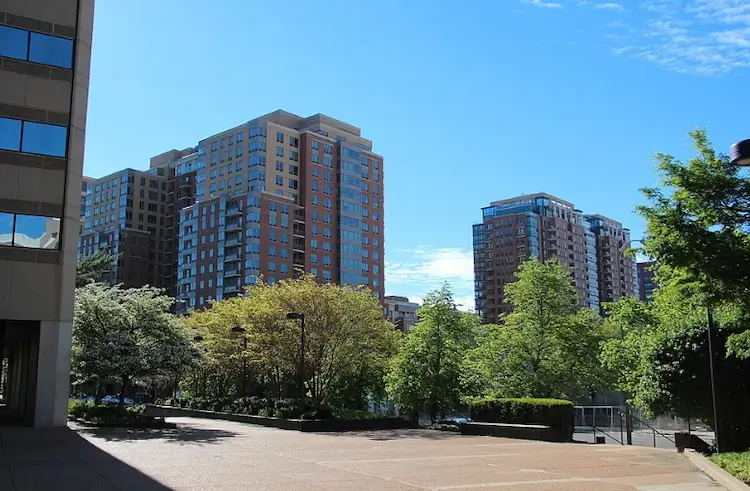
Amazon’s HQ2 helped transform Pentagon City into a walkable, mixed-use hub with vibrant public spaces.
.webp)
Red tape and NIMBY opposition continue to stall housing growth in Boston, despite urgent demand.
.webp)
New geospatial tech tracks tree cover and soil permeability, helping planners assess flood risk and green infrastructure.
.webp)
Vienna lets residents convert parking spaces into tiny community oases with city support. A simple shift that redefines how streets are used.